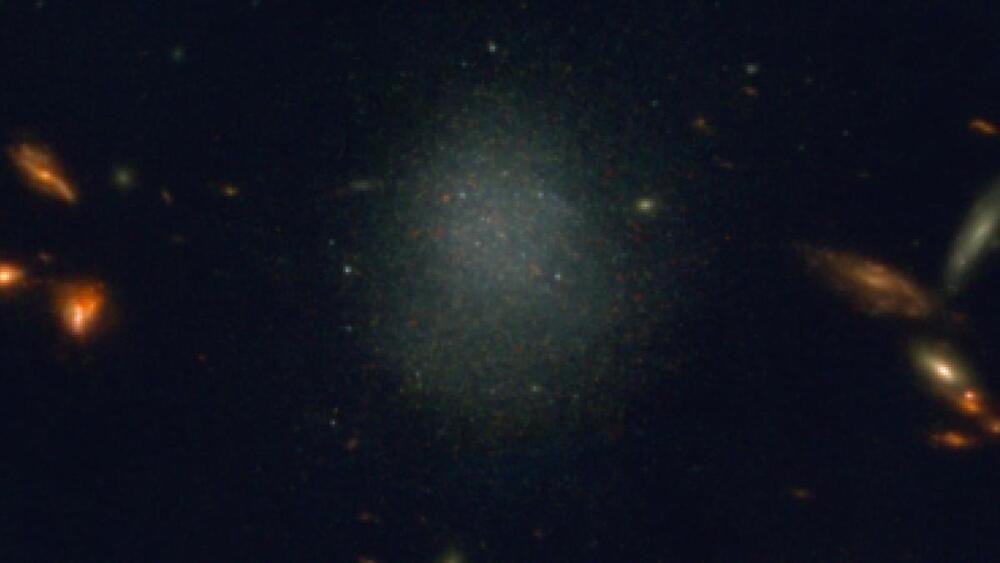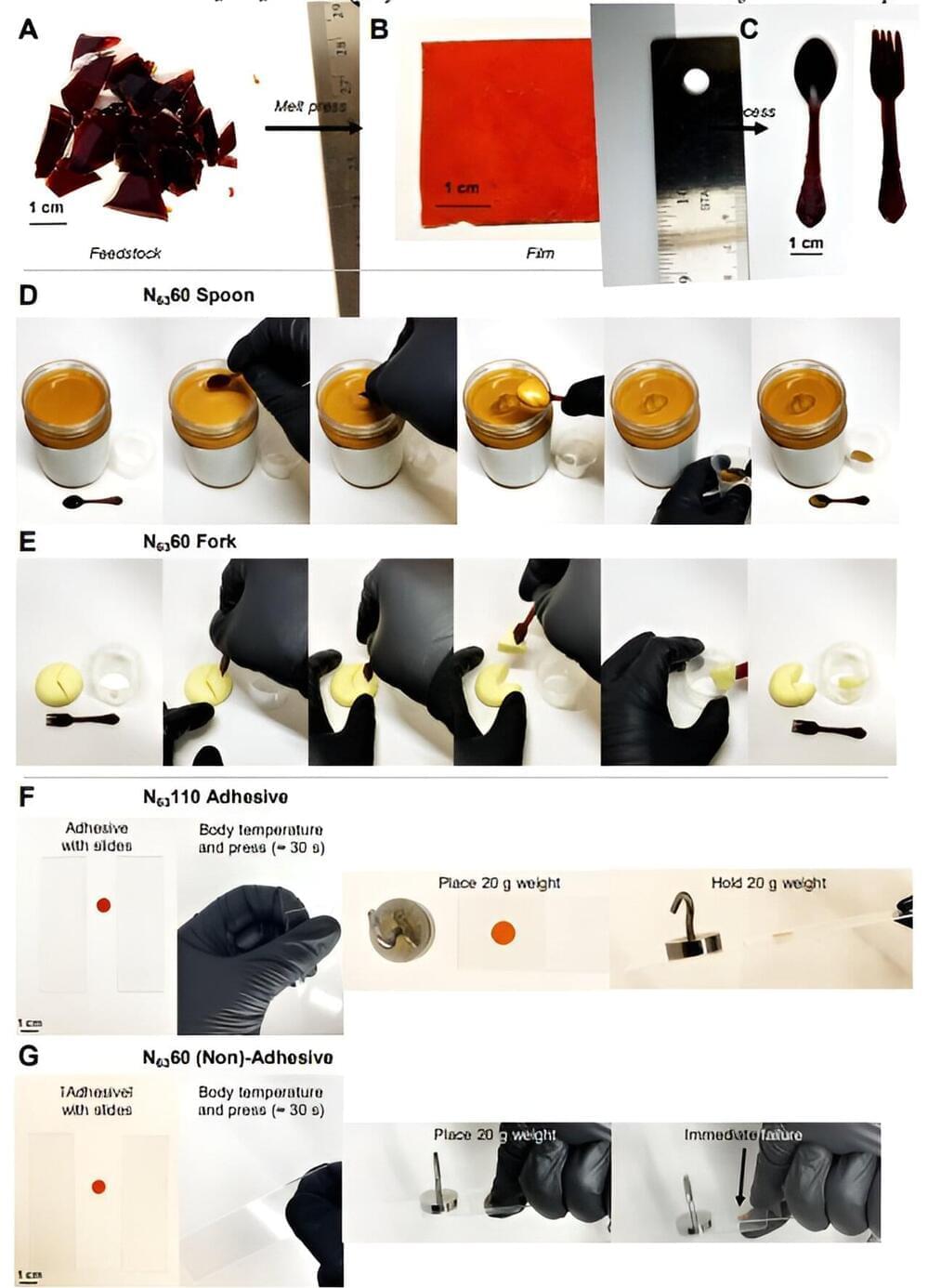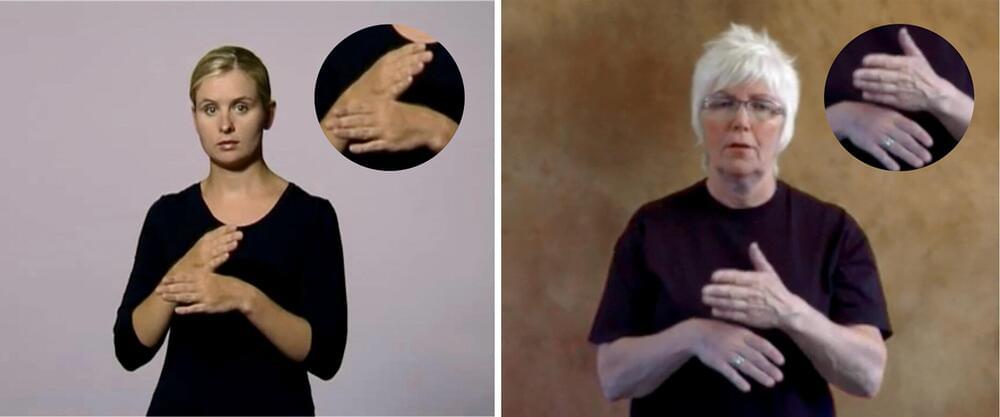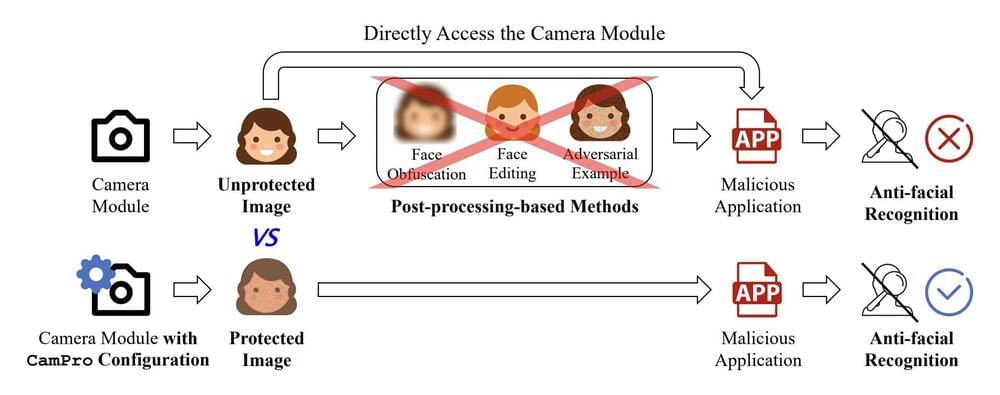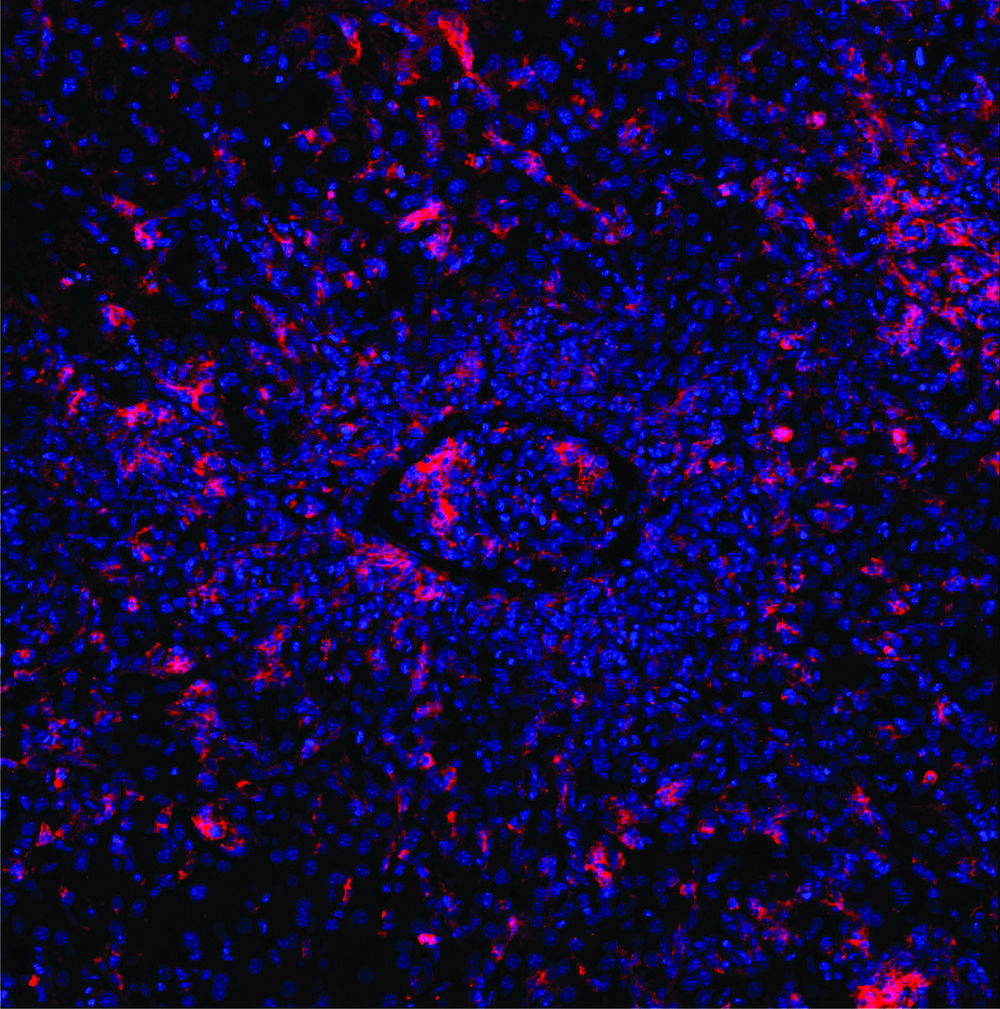
Many people are familiar with facial recognition systems that unlock smartphones and game systems or allow access to our bank accounts online. But the current technology can require boxy projectors and lenses. Now, researchers report in Nano Letters a sleeker 3D surface imaging system with flatter, simplified optics. In proof-of-concept demonstrations, the new system recognized the face of Michelangelo’s David just as well as an existing smartphone system.
3D surface imaging is a common tool used in smartphone facial recognition, as well as in computer vision and autonomous driving. These systems typically consist of a dot projector that contains multiple components: a laser, lenses, a light guide and a diffractive optical element (DOE).
The DOE is a special kind of lens that breaks the laser beam into an array of about 32,000 infrared dots. So, when a person looks at a locked screen, the facial recognition system projects an array of dots onto most of their face, and the device’s camera reads the pattern created to confirm the identity. However, dot projector systems are relatively large for small devices such as smartphones. So, Yu-Heng Hong, Hao-Chung Kuo, Yao-Wei Huang and colleagues set out to develop a more compact facial recognition system that would be nearly flat and require less energy to operate.




